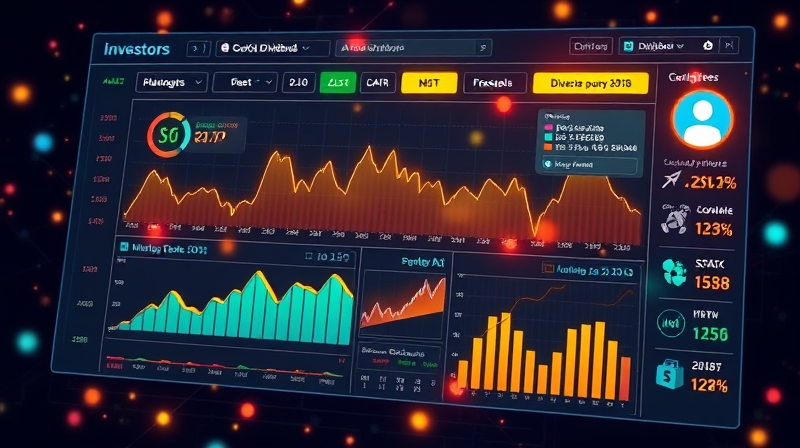
In an era defined by rapid information flows and evolving threats, organizations across finance, security, and investment must adopt proactive strategies to stay ahead. Building custom watchlists by risk category empowers teams to focus resources where they matter most. This guide will inspire you to transform raw data into actionable intelligence, unlocking clarity in complexity and reinforcing a culture of vigilance.
Whether you’re safeguarding customer accounts, monitoring insider threats, or fine-tuning an investment portfolio, a tailored watchlist approach is your roadmap to smarter decisions and stronger defenses. Let’s dive into the art and science of classification, automation, and best practices that will elevate your risk management game.
A watchlist is more than a static roster of names or assets—it’s a dynamic tool for continuous risk identification and mitigation. By organizing entities into meaningful categories, you enable targeted monitoring and streamlined workflows. Instead of reacting to scattered alerts, teams gain the ability to anticipate and prioritize threats before they materialize.
Custom watchlists unite human expertise with automated screening systems. They draw from regulatory sanctions lists (OFAC, EU, UN), AML databases, PEP registries, and internal assessments to form a single source of truth. The result? laser-focused risk assessment and response that aligns with your organization’s unique exposures and strategic goals.
Segmenting watchlists by risk category delivers clear operational advantages. It encourages consistency in decision-making, reduces noise from low-priority alerts, and fortifies compliance efforts. Here are some of the top benefits:
Creating custom watchlists involves a blend of manual insight and cutting-edge technology. Follow these steps to lay a solid foundation:
Maintaining effective watchlists demands disciplined processes and ongoing vigilance. Adopt these operational tips to ensure your system remains accurate and impactful:
Across industries, custom watchlists serve as a cornerstone of robust risk management frameworks. Let’s explore how different sectors leverage these tools to protect assets and people:
In banking, compliance officers continuously screen customer records against updated sanction lists. Security operations teams monitor employee behavior, flagging anomalies when access patterns shift. Investment managers group equities by volatility, receiving instant notifications when risk thresholds are breached. Across all scenarios, the common thread is actionable, context-driven insights delivered at the right moment.
Measuring the performance of your watchlist strategy ensures you refine and optimize over time. Key metrics include:
By tracking these indicators, you’ll identify bottlenecks, uncover training needs, and demonstrate value to stakeholders through quantifiable improvements.
Custom watchlists are more than a technical feature—they represent a mindset shift toward anticipatory risk management. When teams embrace continuous improvement and collaboration, they cultivate resilience and adaptability. Leaders who champion this approach foster an environment of shared responsibility, where every alert reinforces the organization’s commitment to integrity and safety.
Start small by piloting watchlists in high-impact areas, then scale out as confidence and expertise grow. Celebrate milestones—such as reduced investigation times or fewer false alarms—and share insights across departments. By weaving tailored watchlists into daily operations, you’ll transform raw alerts into strategic advantage.
Ultimately, creating custom watchlists by risk category is about more than compliance or performance. It’s about empowering teams to see clearly through the noise, respond decisively to emerging threats, and steer the organization toward a secure, prosperous future. Embrace the journey today, and unlock the full potential of data-driven risk management.
References













